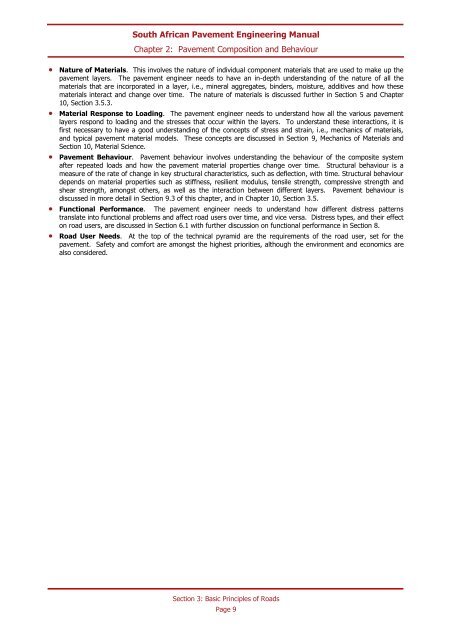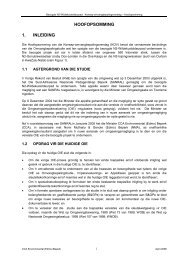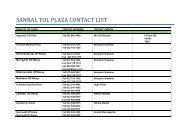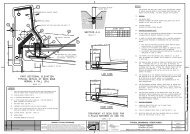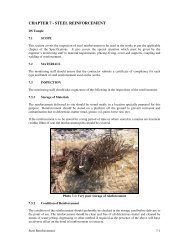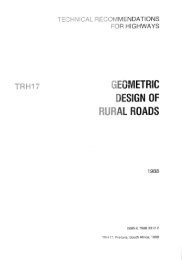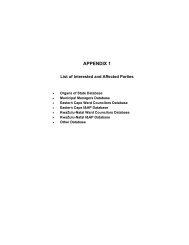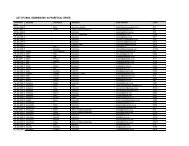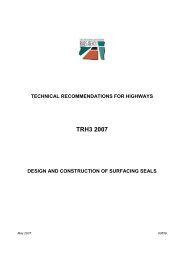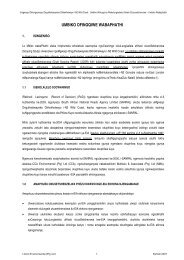SAPEM Chapter 2 - Sanral
SAPEM Chapter 2 - Sanral
SAPEM Chapter 2 - Sanral
You also want an ePaper? Increase the reach of your titles
YUMPU automatically turns print PDFs into web optimized ePapers that Google loves.
South African Pavement Engineering Manual<br />
<strong>Chapter</strong> 2: Pavement Composition and Behaviour<br />
Nature of Materials. This involves the nature of individual component materials that are used to make up the<br />
pavement layers. The pavement engineer needs to have an in-depth understanding of the nature of all the<br />
materials that are incorporated in a layer, i.e., mineral aggregates, binders, moisture, additives and how these<br />
materials interact and change over time. The nature of materials is discussed further in Section 5 and <strong>Chapter</strong><br />
10, Section 3.5.3.<br />
Material Response to Loading. The pavement engineer needs to understand how all the various pavement<br />
layers respond to loading and the stresses that occur within the layers. To understand these interactions, it is<br />
first necessary to have a good understanding of the concepts of stress and strain, i.e., mechanics of materials,<br />
and typical pavement material models. These concepts are discussed in Section 9, Mechanics of Materials and<br />
Section 10, Material Science.<br />
Pavement Behaviour. Pavement behaviour involves understanding the behaviour of the composite system<br />
after repeated loads and how the pavement material properties change over time. Structural behaviour is a<br />
measure of the rate of change in key structural characteristics, such as deflection, with time. Structural behaviour<br />
depends on material properties such as stiffness, resilient modulus, tensile strength, compressive strength and<br />
shear strength, amongst others, as well as the interaction between different layers. Pavement behaviour is<br />
discussed in more detail in Section 9.3 of this chapter, and in <strong>Chapter</strong> 10, Section 3.5.<br />
Functional Performance. The pavement engineer needs to understand how different distress patterns<br />
translate into functional problems and affect road users over time, and vice versa. Distress types, and their effect<br />
on road users, are discussed in Section 6.1 with further discussion on functional performance in Section 8.<br />
Road User Needs. At the top of the technical pyramid are the requirements of the road user, set for the<br />
pavement. Safety and comfort are amongst the highest priorities, although the environment and economics are<br />
also considered.<br />
Section 3: Basic Principles of Roads<br />
Page 9


